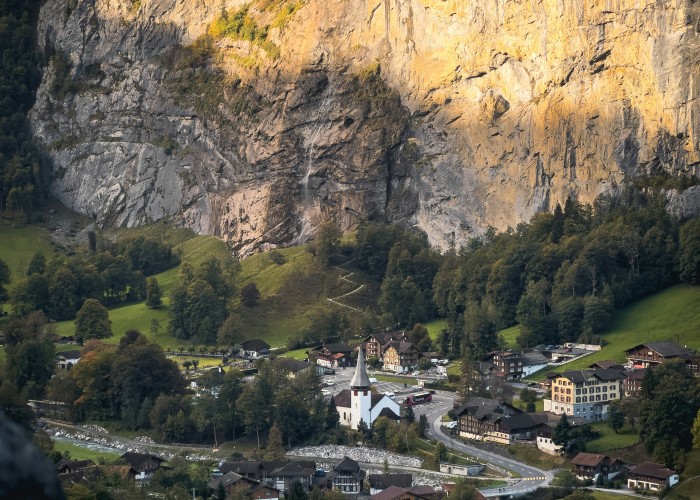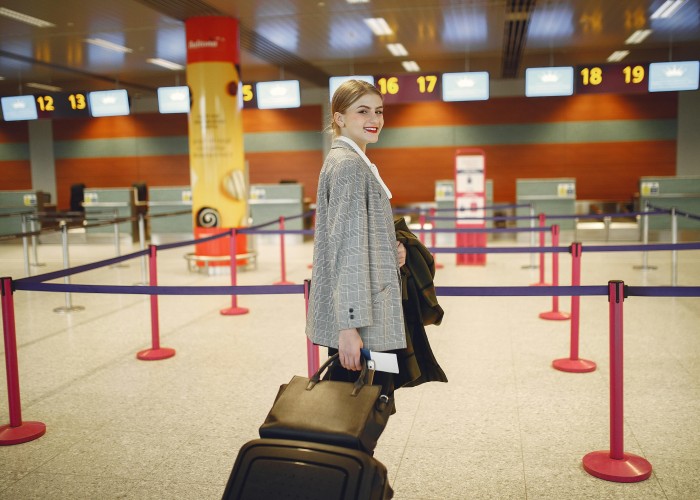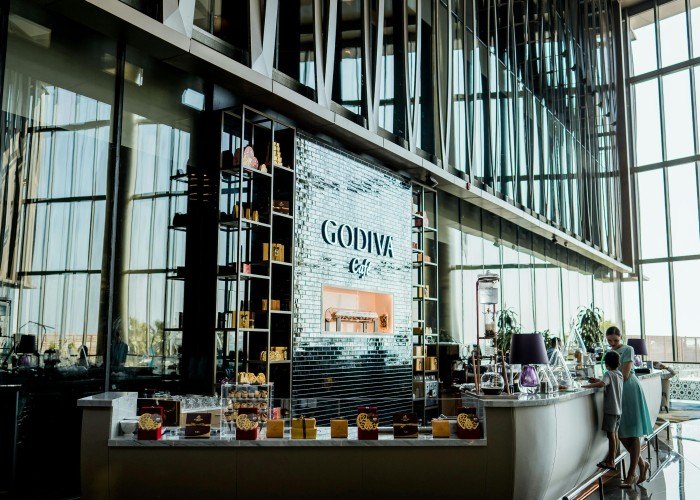If you’ve ever dreamed of hiking through the Swiss Alps—but wished it offered more culture, less technical difficulty, and amazing landscapes—then the Via Alpina might just be your next adventure. Stretching across Switzerland in six distinct sections, it links mountain passes, valleys, and villages from east to west, offering a rich mix of natural beauty and cultural experience. Via Alpina, Switzerland: Your Guide to a Cultural Alpine Trek. Via Alpina, Switzerland.
Let’s walk through everything you need to plan this journey—from when to go and how to get there, to what to pack, local etiquette, and FAQs.
Overview: What the Via Alpina Is and Why It’s Memorable
- The Via Alpina spans nearly 400 kilometers, organized into about 20 day stages crossing 14 Alpine passes across six cantons, from Vaduz to Montreux.
- It journeys from Liechtenstein’s alpine meadows across eastern Switzerland’s valleys to Lake Geneva—offering landscapes that shift from German- to French-speaking regions and a landscape full of alpine charm.
- Celebrated for its cultural mix and impressive scenery, it blends hiking challenge with access to mountain villages and mountain huts, each valley telling its own story through language, customs, and cuisine.
Walking the Via Alpina is like crossing chapters of Swiss culture, where each step lifts you into new traditions and landscapes.
Best Time to Visit
Choosing your timing is key for a smooth and scenic trek:
- June through September is the sweet spot for clear, snow-free paths and open accommodations.
- Avoid early summer (e.g., May) due to lingering snow in high passes. In contrast, late September can bring early snow and some huts may start to close.
Plan for mid-July through August for the most stable trail and reliable support along the way.
How to Reach (Train / Road / Air)
The Via Alpina is surprisingly accessible via public transport:
- Airports: Geneva, Zurich, and Milan offer the nearest international access.
- Trains: Swiss rail brings you to starting points like Vaduz/Sargans or endpoints like Montreux, with regular services to intermediate trail towns.
- Road: Renting a car can give flexibility, but you’re never far from trains or buses, which connect villages and offer escape routes or resupply stops.
Swiss transport allows seamless entries and exits from almost any stage of the trail—perfect for flexible planning. Via Alpina, Switzerland: Your Guide to a Cultural Alpine Trek.
Entry Fees & Permits (Approximate or Subject to Change)
- No permits are needed for hiking the trail itself.
- Mountain huts and accommodations charge fees, usually between CHF 30–60 per night, depending on location and meal inclusions.
- Swiss national park or protected area fees may apply in isolated cases—check locally before you go.
Expect a simple, low-barrier adventure—with a bit of planning, overnight stays are within reach.
Food Availability & Meal Options
- Mountain huts provide meals and lodging—quick, hot, and often Swiss comfort food.
- Villages along the trail feature cafés, grocery shops, and restaurants for fresh meals and resupply.
- For long stages between towns, bring your own high-energy snacks like nuts, bars, and cheese to fill the gaps.
The route is well-supported, with enough stops to feel full and connected after each day’s walk.
Packing List & Essentials
Here’s what to bring for comfort and peace of mind:
- Clothing: Base layer, insulating layer, shell jacket, hiking trousers—plus a sun hat and gloves.
- Footwear: Sturdy hiking boots with good tread.
- Pack: A 30–40 L daypack, light enough to hike long days.
- Gear:
- Trekking poles
- Map or GPS (Swiss trails are well-marked, but map backup helps)
- Headlamp and first aid kit
- Water bottle and basic snacks
Practice walking with your pack before you go—it makes for smoother trail days.
Safety Tips & Local Rules
- The trail is well-marked, often with clear signage. However, bringing maps or GPS is wise.
- Weather changes quickly in the Alps. Pack rain gear and check conditions daily.
- Trail difficulty ranges moderate to strenuous—expect long hikes with elevation gains.
- Leave no trace: Bring all trash out, and respect regulations around camping and wildlife. Via Alpina, Switzerland.
- Emergencies: Call 112 in Switzerland for assistance if needed.
Stay alert and Alpine-hardy, and you’ll be rewarded right from the first pass.
Tips for Beginners or First Time Walkers
- Break it up—try one section, like Engelberg to Meiringen, before committing to the full route.
- Train in advance—long walks with elevation prepare both mind and muscles.
- Book stays early, especially in August when huts fill.
- Build buffer days—a rest day in a mountain town can refresh body and soul mid-trail.
Smart planning and realistic pacing make this ambitious trek feel immensely rewarding. Via Alpina, Switzerland: Your Guide to a Cultural Alpine Trek. Via Alpina, Switzerland.
Local Customs & Cultural Etiquette
- Switzerland’s linguistic diversity is on full display—be prepared to hear German, French, Italian, and dialects all within the same walk.
- Greet locals with regional words like “Grüezi,” “Bonjour,” or “Buongiorno.”
- Huts expect quiet evenings; respect this restful rhythm.
- No wild camping except above tree line in remote areas—rules vary by canton.
- Tipping is not customary—round up if you feel grateful.
You’re hiking through living culture—walk with awareness and kindness.
FAQ Section
How long is the Via Alpina?
Roughly 400 kilometers over 20 stages, crossing 14 passes.
How many days to complete?
Typical itineraries span 12 to 20 days, depending on pace.
Difficulty level?
Moderate to strenuous—daily hikes of 6 to 9 hours with elevation gains around 1,000 m.
Restrooms?
Available at huts and village lodgings. Not in remote sections.
Safe to hike solo?
Yes—with good preparation, gear, and notifying someone of your route.
Any permits needed?
No permits needed for trails; pay for lodging as required.
Best seasons?
Mid-July through September offers the most reliable conditions.
High‑Search Keywords for SEO
- Via Alpina Switzerland hiking guide
- Switzerland long distance trail culture
- Via Alpina stages and itinerary
- Best time to walk Via Alpina
- Via Alpina packing list
- Swiss Alpine roster trail safety tips
- Lodge hikes in the Swiss Alps
- Via Alpina trail difficulty overview
- Hiking linguistic regions Switzerland
- Alpine trekking tips for beginners
Final Thoughts
The Via Alpina isn’t just a hike—it’s a journey across Swiss culture, landscapes, and history. From high passes to serene lake ends, each step threads you through pastoral valleys, mountain traditions, and alpine stories stretching centuries. Via Alpina, Switzerland: Your Guide to a Cultural Alpine Trek. Via Alpina, Switzerland.






Leave a Reply